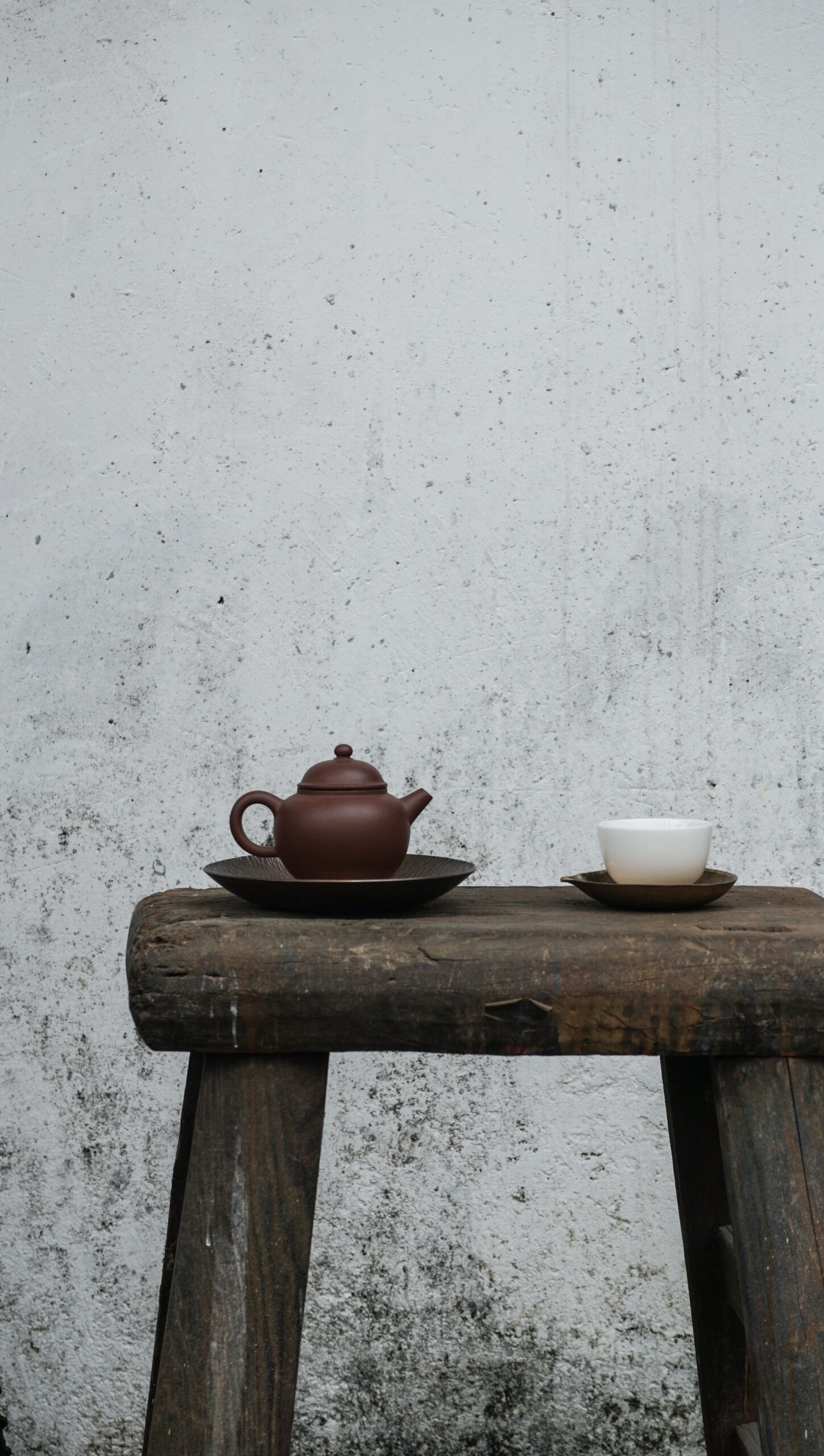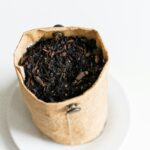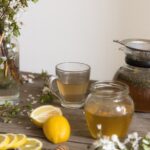Understanding the Potential of Spent Tea Bags
A quintessential trait of being a conscientious nature lover involves finding functional and sustainable ways to repurpose everyday waste. Spent tea bags may seem like an odd addition to this list, but they have fantastic potential as a natural, eco-friendly plant fertilizer. According to Senbird Tea, the leaves inside tea bags are rich in macro and micronutrients beneficial to plants. Among these are nitrogen, phosphorus, and potassium – the three primary nutrients vital for plant growth and health. To look at it in perspective, nitrogen aids leaf and stem growth, potassium has a direct bearing on fruit and flower development, while phosphorus helps with root growth. Additionally, they also contain essential micronutrients like manganese, iron, and zinc which are crucial to various plant functions.
Making and Using Tea Leaf Mulch
After understanding the potential of spent tea bags, you might be curious about how to use them. One viable option is to use them as mulch. Mulching refers to applying a layer of material (in this case, composted tea leaves) on top of your soil. The protective layer from the mulch retains soil moisture, improves soil texture, and even helps suppress weeds. To create tea leaf mulch, according to Senbird Tea, simply tear open spent tea bags, scatter the tea leaves around your plants, and rake them gently into the soil. However, do ensure that the bags are either biodegradable or remove the bag before applying the leaves.
Composting Spent Tea Bags
Composting is another practical method of reusing spent tea bags. For successful composting, some considerations need to be kept in mind. Gardening Know How warns to remove any non-compostable materials, like staples and synthetic bag materials, before composting. Simply pile your tea bags into your compost heap, and over time, they will break down and enrich the compost with their nutrient content. Ultimately, this compost can be used as a soil conditioner, enhancing the fertility and structure of your garden soil.
Direct Application of Spent Tea Bags as Fertilizer
Apart from composting, spent tea bags can also be applied directly as organic fertilizers. As Gardening Know How suggests, put spent tea bags in the bottom of planting holes to improve soil fertility. They can also be buried in the soil around plants. When watered, the tea will leach out and provide a nutrient boost to your plants, all while helping retain moisture in the soil.
Considerations and Precautions When Using Teas
While tea leaves make great fertilizers and soil conditioners, one must not disregard some important precautions. Different tea types contain varying properties and affect the pH level of soil differently. Generally, tea leaves are slightly acidic, which suggests that they would be best suited for plants preferring acidic soil conditions. Therefore, understanding the specific requirements of your plant species is vital before fertilizing with tea leaves. As always, moderation is key – excessive use can potentially harm your plants instead of benefiting them.
In conclusion, spent tea bags are an overlooked resource that can contribute to sustainable horticulture practices by fostering healthy plant growth and enriching garden soils. They may indeed become a staple in your garden toolkit, allowing you to tend your plants while minimizing your environmental footprint.




